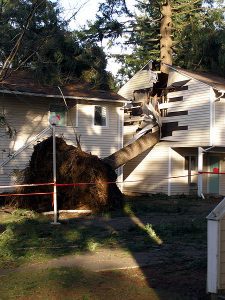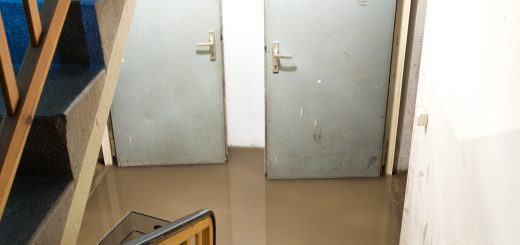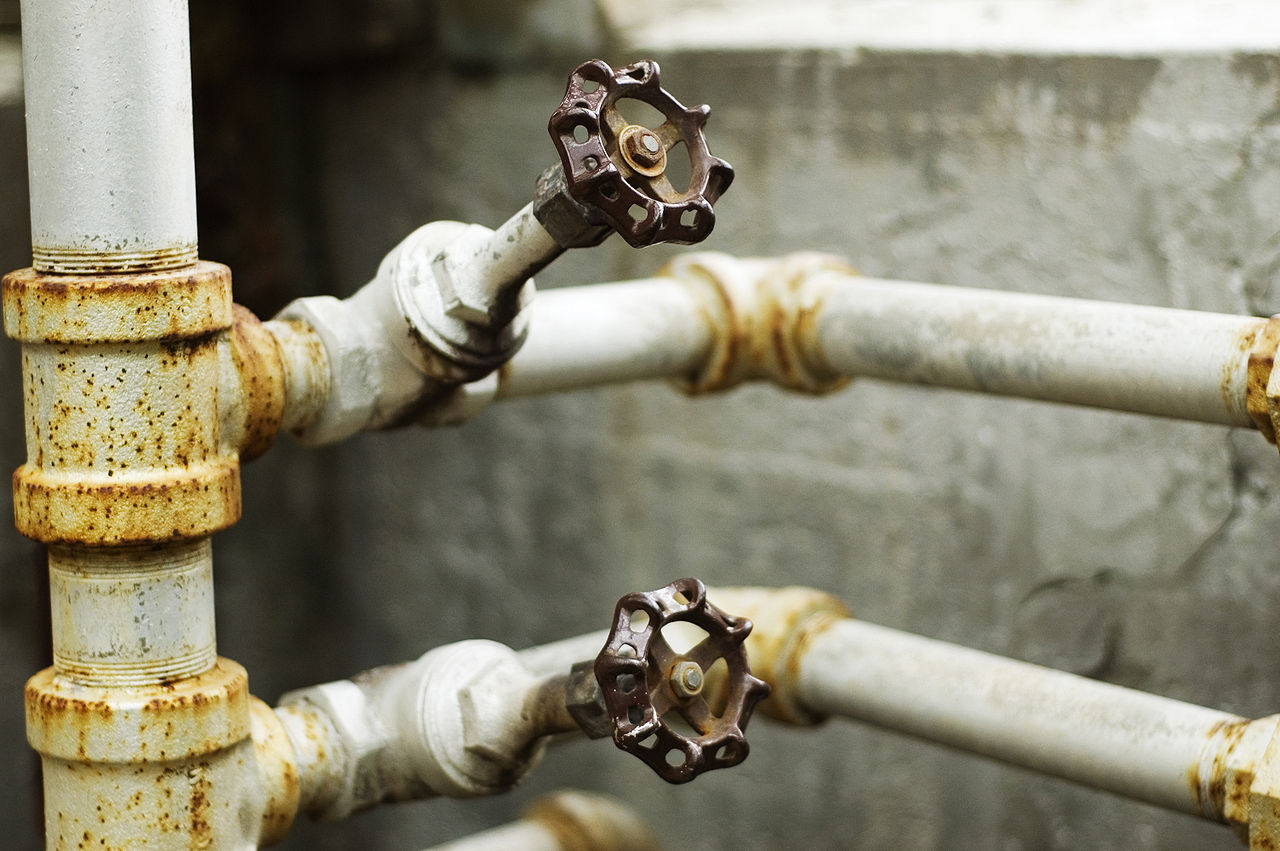How to Protect your Home from the Effects of Spring Storms
The spring season has barely arrived and already many areas of the U.S. have been dealing with extreme weather. The northeast has endured several nor’easters, the southeast has experienced several tornadoes, and the Midwest and mountain areas are getting a mix of thunderstorms, cold weather, and late season snow. No matter where you live in the U.S., the chance of experiencing a major storm such as a tornado or thunderstorm increases in the spring.
When the spring arrives, homeowners generally take the opportunity to clean their homes and begin yardwork to improve the appearance of their property. While these things are important to do in the spring, it is also crucial that you prepare your home to handle storms and the unpredictable spring weather. If your home is not adequately prepared to withstand the effects of summer and spring storms, it could sustain minor damage or leaks from thunderstorms, hail, and other types of severe weather. This type of damage almost always leads to more extensive damage that will be costlier to repairRepair is the act of fixing or restoring damaged property, m... More.
The following tips will help you protect your home against storm damage and stay safe during a severe storm.
Storm Preparation
A storm can descend on an area rather quickly which makes it wise to always have your home prepared for the possibility of a storm. Make sure you complete the following for effective storm preparationPreparation is the steps taken to ready a property, equipmen... More.
- Inspect siding and roof: The siding and roof are your first line of defense against wind, rain, and hail. You must carefully check the siding and roof of your home for any potential damage and have the damage repaired. Any damage to your siding or roof makes your home vulnerable to leaks and water damage. It is usually safer and more effective to hire a professional to inspect your roof.
-

Strong wind can blow over trees, causing serious damage.
Check the roof for leaks: Roof leaks can cause significant property damage over time by allowing water to slowly enter your home and get absorbed in the surrounding building materials. If your roof is leaking, more water will enter your home every time it rains. You can check your attic for signs of a roof leak. You should have a professional get on the roof to check for leaks.
- Check and clean your gutters: It is very important for your gutters to be clean and secure so that rain water will be able to properly drain from your roof. Clear your gutters and downspouts completely of any debris to prevent overflows that can damage your siding and your foundation. Ensuring that the gutters are secured to your home will help prevent property damage in strong winds.
- Check for drafty windows and doors: If you have drafty windows or doors, they will provide less protection during storms and lower the efficiency of your home’s heating and cooling. Signs of a drafty window or door include condensation, cracked or broken glass, worn out weather stripping, and cool breezes. You should consider replacing any window or door that shows these signs.
- Have an emergency kit ready: The effects of a severe storm are unpredictable, so it is wise to be prepared for power outages, evacuations, and other such scenarios. Put together an emergency kit that includes supplies you will need in case there is a power outage or you are forced to evacuate. This kit should include flashlights and batteries, first aid supplies, backup cell phone chargers, and non-perishable food items. Keep your emergency kit somewhere convenient so you can grab it quickly.
- Protect against wind damage: Strong winds can cause very serious damage, especially when it is blowing around large debris. You must do the following to protect your home against wind damage:
- Remove loose or dead branches from leaves and shrubs.
- RepairRepair is the act of fixing or restoring damaged property, m... More or secure any damaged or loose parts of your roof and siding.
- Use mulch for your landscaping instead of rocks or gravel.
- Secure or bring in furniture, trash cans, and other outside items that can be blown around by the wind.
- Maintain or install sump pumpA sump pump is a pump installed in a basement or crawlspace ... More: Sump pumps can effectively keep excess water out of your home. If your home has a sump pumpA sump pump is a pump installed in a basement or crawlspace ... More, make sure it is functioning properly and call a professional if there is an issue you can’t fix. If you do not have a sump pumpA sump pump is a pump installed in a basement or crawlspace ... More, consider installing one to prevent in home floodingFlooding is the overflow or accumulation of water in areas t... More.
- Consider flood insurance: Homeowner’s insuranceHomeowner’s insurance is a policy that provides financial ... More does not usually cover flood damage. If you live somewhere that is especially prone to floodingFlooding is the overflow or accumulation of water in areas t... More, you should consider buying flood insurance so that any flood damage your property sustains is covered.
How to Stay Safe During a Storm
Following the tips discussed above will give your home the best chance of enduring a storm without sustaining damage. However, once a storm hits, there is very little you can do to protect your home, but you can protect yourself and your family. The following tips will help you stay safe during a severe storm:
- Get weather updates from TV, the radio, or weather apps.
- Get to the lowest level of your home and close blinds and curtains to contain the glass in case the windows break.
- Avoid using electronics and unplug electrical equipment to avoid damage from a power surge.
- Be ready to shut off the gas, electricity, and water in your home if necessary.
- Keep listening for info and warnings about the storm and be ready to evacuate in case the storm gets that bad.
Storm Damage Restoration
After a severe storm has passed, you must check your property for damage. Storm damage may vary widely depending on the storm and your level of preparationPreparation is the steps taken to ready a property, equipmen... More, but there is a chance that your property can sustain significant damage in any type of storm. As soon as you find storm damage on your property, you must call a storm damage restoration specialist immediately to secure your home and repairRepair is the act of fixing or restoring damaged property, m... More the damage. Any hesitation to repairRepair is the act of fixing or restoring damaged property, m... More the damage will only leave your home vulnerable to further issues that will cost you even more money to repairRepair is the act of fixing or restoring damaged property, m... More. By preparing your home before a storm hits, you can rest easy knowing your home is ready for a storm and enjoy the warm spring weather.












